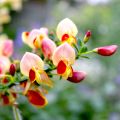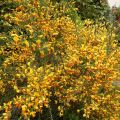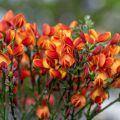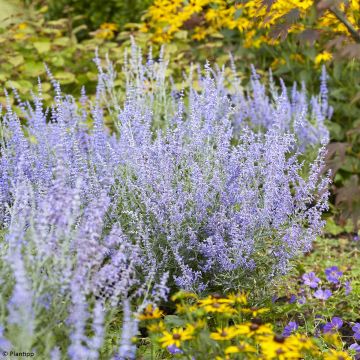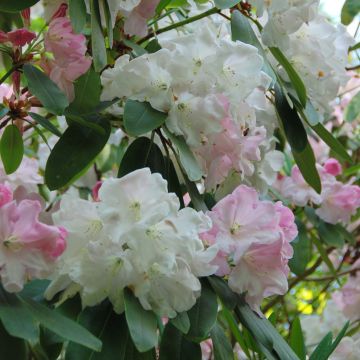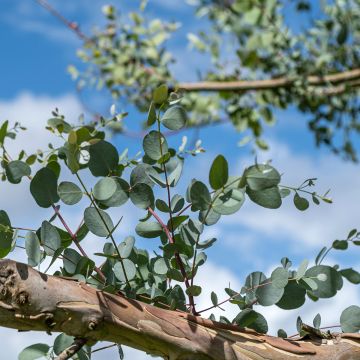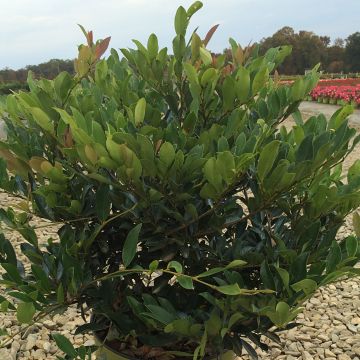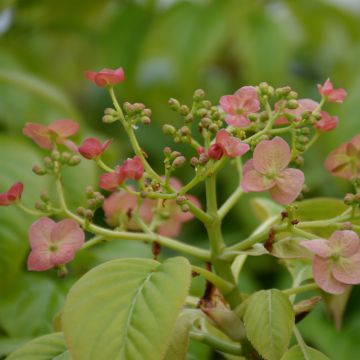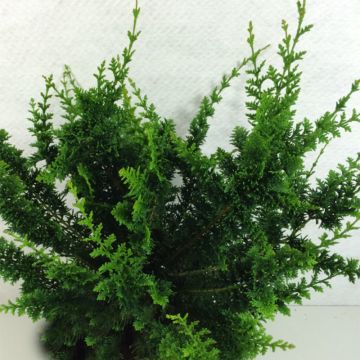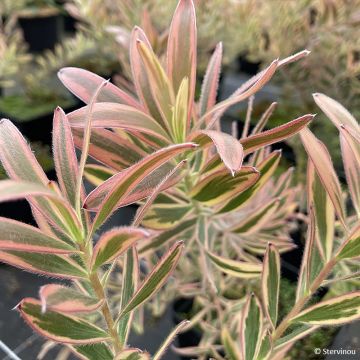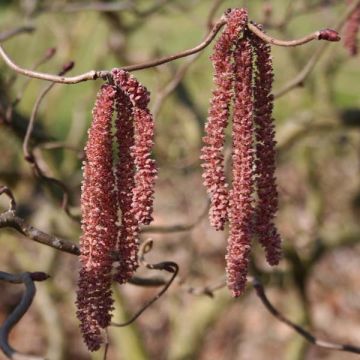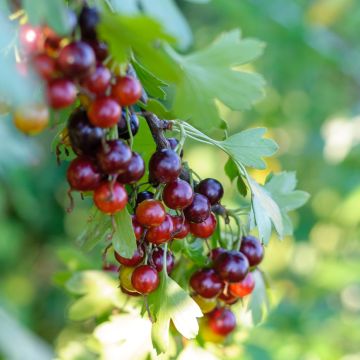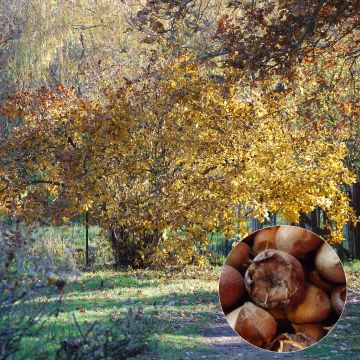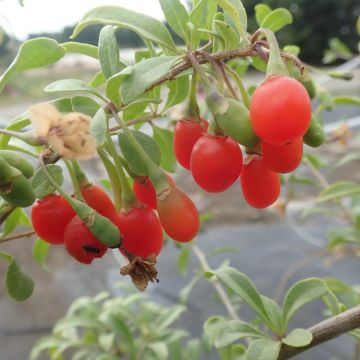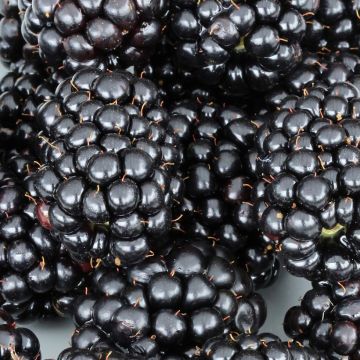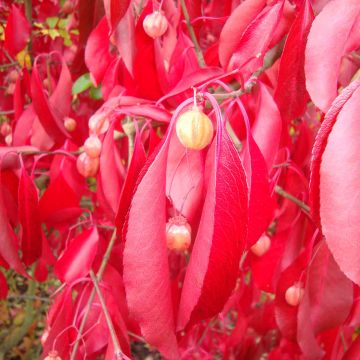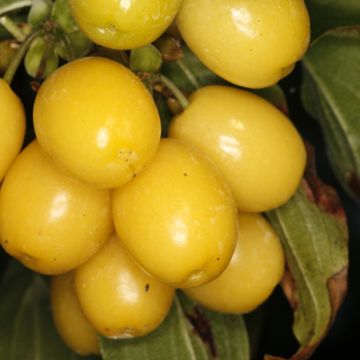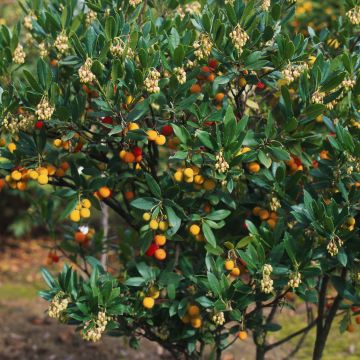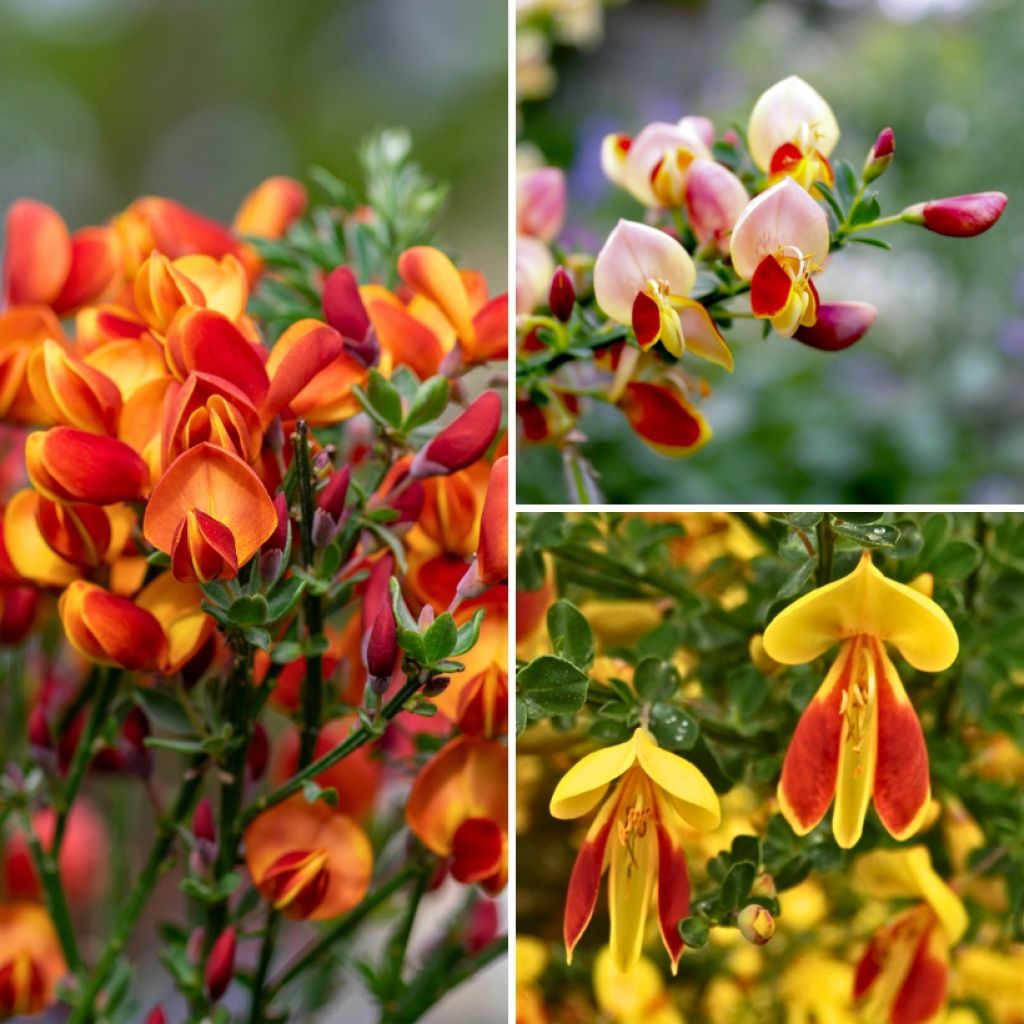

Brooms Collection - Cytisus scoparius
Brooms Collection - Cytisus scoparius
Cytisus scoparius Goldfinch, Palette, Lena
This item cannot be shipped to the selected country
Delivery charge from €6.90
More information
Delivery charge from €6.90
More information
Schedule delivery date,
and select date in basket
This plant carries a 24 months recovery warranty
More information
We guarantee the quality of our plants for a full growing cycle, and will replace at our expense any plant that fails to recover under normal climatic and planting conditions.
From €7.90 for pickup delivery and €6.90 for home delivery
Express home delivery from €8.90.
Does this plant fit my garden?
Set up your Plantfit profile →
Collection items (3 plants)
Description
The broom bushes, Cytisus scoparius, are shrubs known for their spectacular flowering in spring. We offer you a collection that brings together three excellent varieties chosen for their abundant and brightly coloured flowering in warm tones. Elegant, hardy, and easy to grow, these broom bushes thrive in poor, well-drained soils, with a tendency to be sandy, even dry in summer. They will also be more floriferous in full sun. Their flamboyant colours transform the garden between May and June.
The collection consists of:
1 Cytisus scoparius 'Goldfinch' : a variety reaching a height of 1.5 m, with yellow-orange flowers on the inside and mahogany red on the outside.
1 Cytisus scoparius 'Palette': a 1 m tall shrub, offering an overall bicolour flowering, yellow-orange and vermilion red. In reality, each small flower displays a beautiful palette of red, orange, yellow, peach, and lilac pink tones.
1 Cytisus scoparius 'Lena': reaches a height of 1.30 m, with flowers in shades of red, rust, orange, and yellow.
Plant these broom bushes in spring or autumn. They require well-drained, sandy or rocky soil, preferably acidic to neutral, and full sun exposure. Place the taller varieties like 'Goldfinch' at the back, and the smaller ones like 'Palette' at the front. In a border or low hedge, maintain a spacing of 80 cm between each plant, that is, 1 or 2 plants per m².
Broom bushes go well with rock plants like lavenders, thymes, and sedums, which share their soil and sun requirements. For a contrast of colour and texture, associate them with euphorbia characias ssp wulfenii or lavender cottons. Place the lavenders and thymes in front of the broom bushes, intercalate the euphorbias to highlight their vibrant flowering.
Plant habit
Flowering
Foliage
Botanical data
Cytisus
scoparius
Goldfinch, Palette, Lena
Fabaceae
Cultivar or hybrid
Other Shrubs A to Z
View all →Planting and care
Cytisus scoparius is planted in spring or early autumn in light and well-drained soil, preferably slightly acidic and sandy, in a very sunny location. A little limestone is tolerated, in well-drained soil enriched with sand and compost. Choose its location carefully, as it does not like to be moved. Not very demanding, it will be satisfied with severe pruning after flowering to avoid fruiting, which quickly exhausts the plant. This also helps to maintain a compact habit that does not become bare at the base. Planted in poor soil, the plant is less likely to become bare at the base. In case of severe winter, prune the blackened stems at the base. The lifespan is relatively short, around 5 to 7 years.
Planting period
Intended location
Care
This item has not been reviewed yet - be the first to leave a review about it.
Hedge shrubs
Haven't found what you were looking for?
Hardiness is the lowest winter temperature a plant can endure without suffering serious damage or even dying. However, hardiness is affected by location (a sheltered area, such as a patio), protection (winter cover) and soil type (hardiness is improved by well-drained soil).

Photo Sharing Terms & Conditions
In order to encourage gardeners to interact and share their experiences, Promesse de fleurs offers various media enabling content to be uploaded onto its Site - in particular via the ‘Photo sharing’ module.
The User agrees to refrain from:
- Posting any content that is illegal, prejudicial, insulting, racist, inciteful to hatred, revisionist, contrary to public decency, that infringes on privacy or on the privacy rights of third parties, in particular the publicity rights of persons and goods, intellectual property rights, or the right to privacy.
- Submitting content on behalf of a third party;
- Impersonate the identity of a third party and/or publish any personal information about a third party;
In general, the User undertakes to refrain from any unethical behaviour.
All Content (in particular text, comments, files, images, photos, videos, creative works, etc.), which may be subject to property or intellectual property rights, image or other private rights, shall remain the property of the User, subject to the limited rights granted by the terms of the licence granted by Promesse de fleurs as stated below. Users are at liberty to publish or not to publish such Content on the Site, notably via the ‘Photo Sharing’ facility, and accept that this Content shall be made public and freely accessible, notably on the Internet.
Users further acknowledge, undertake to have ,and guarantee that they hold all necessary rights and permissions to publish such material on the Site, in particular with regard to the legislation in force pertaining to any privacy, property, intellectual property, image, or contractual rights, or rights of any other nature. By publishing such Content on the Site, Users acknowledge accepting full liability as publishers of the Content within the meaning of the law, and grant Promesse de fleurs, free of charge, an inclusive, worldwide licence for the said Content for the entire duration of its publication, including all reproduction, representation, up/downloading, displaying, performing, transmission, and storage rights.
Users also grant permission for their name to be linked to the Content and accept that this link may not always be made available.
By engaging in posting material, Users consent to their Content becoming automatically accessible on the Internet, in particular on other sites and/or blogs and/or web pages of the Promesse de fleurs site, including in particular social pages and the Promesse de fleurs catalogue.
Users may secure the removal of entrusted content free of charge by issuing a simple request via our contact form.

































